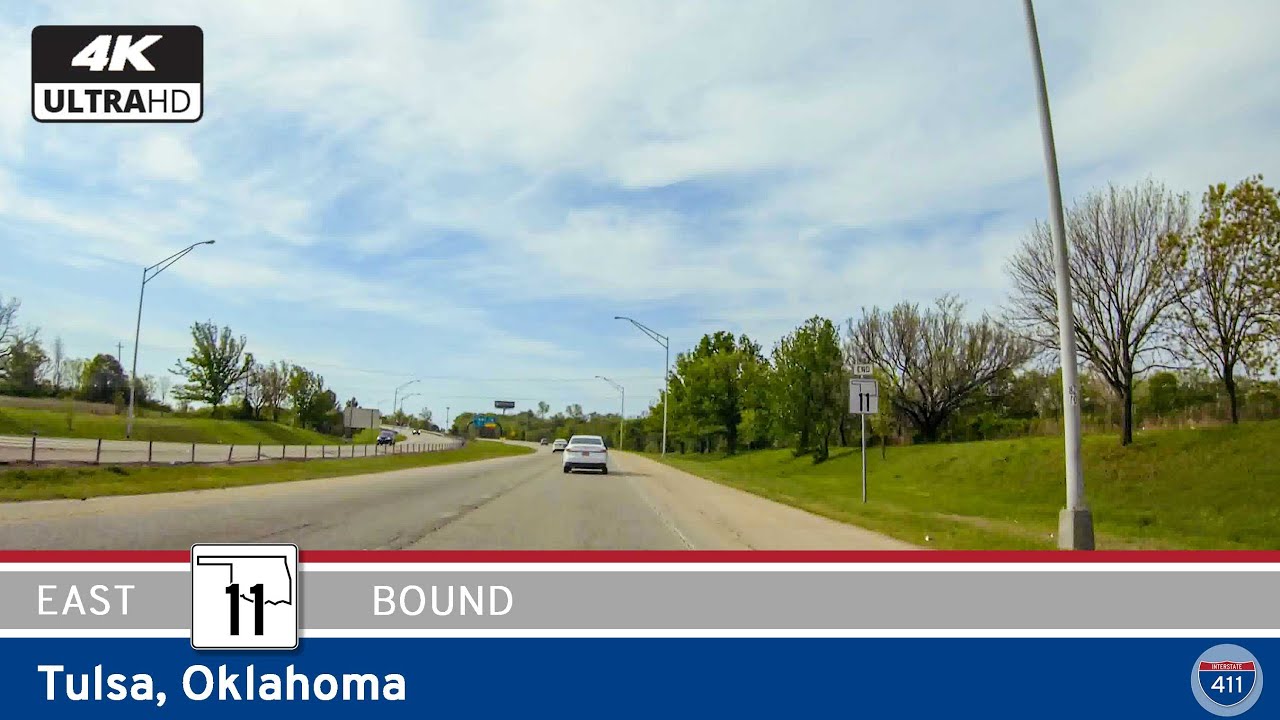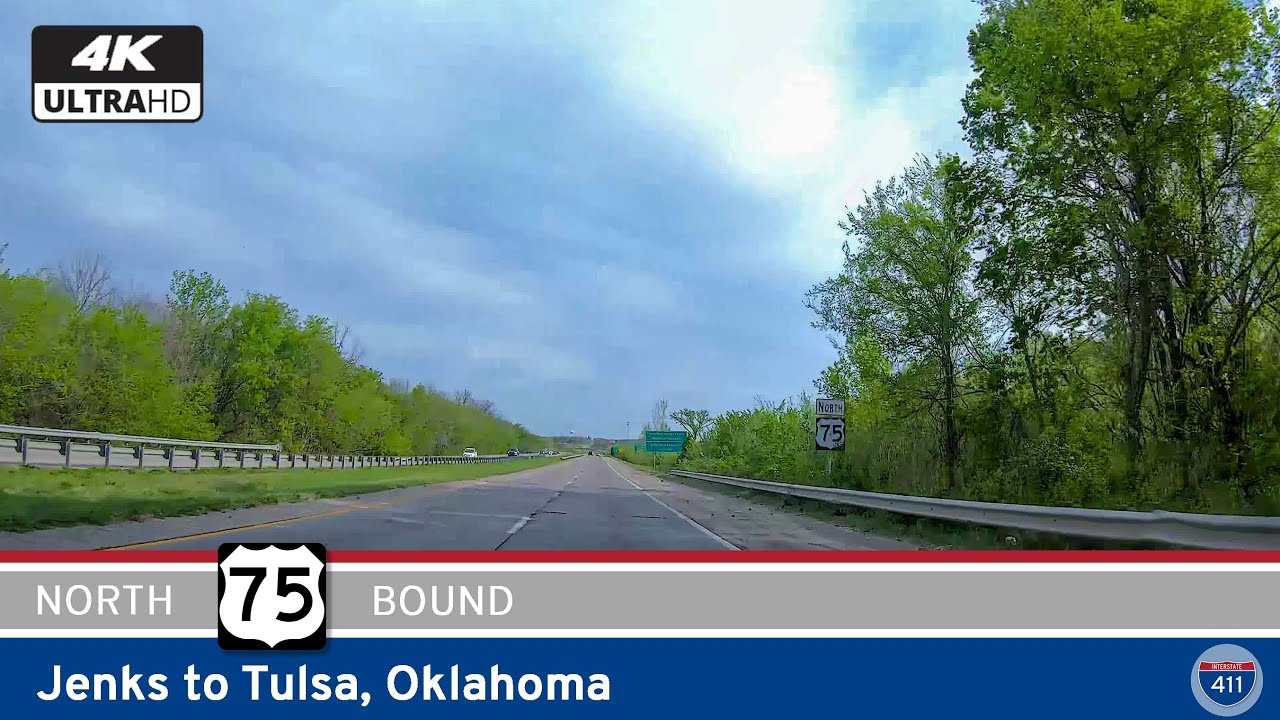Traveling westbound along Oklahoma Highway 11—better known to locals as the Gillcrease Expressway—gives us a front-row seat to a crucial slice of Tulsa’s transportation network. Stretching a modest eight miles, this short corridor packs a lot of utility into a small footprint, acting as a handy bypass that threads through the city’s northern edge. We start this route at the busy interchange with Interstate 244 in northeast Tulsa—a hub of ramps and merges that connects drivers not just to downtown, but also to the wider interstate grid that fans out across Oklahoma and beyond. Right from the start, this expressway shows its strength: while other parts of Tulsa can slow to a crawl during peak hours, this stretch moves briskly, even when commuters flock to and from the airport.
As we press northwest, the Gillcrease Expressway skirts the southwestern fringe of Tulsa International Airport. From the highway, keen eyes might spot the occasional jet on approach or parked on the tarmac—a reminder of just how interconnected road and air travel are in this pocket of town. Alongside the airport, a mix of business parks, logistics centers, and light industrial zones line the corridor, quietly humming with the activity that fuels the local economy. Despite these clusters of commerce, sound barriers and well-planned overpasses help keep the drive peaceful, blending the urban hum with a surprisingly open view of Oklahoma’s big skies and the rolling terrain that marks the city’s transition from prairie to wooded hills.
A few miles in, the expressway crosses U.S. Route 75—a major north-south lifeline that funnels traffic toward both central Tulsa and distant destinations like Bartlesville and Dallas. This interchange can draw a decent amount of commuter flow, but the expressway’s wide lanes and smart access points keep bottlenecks rare. On either side of the road, you’ll catch sight of residential neighborhoods tucked behind tree lines and sound walls, showing how well Tulsa balances its need for speedy travel with comfortable suburban living. There’s even a touch of green along the route, especially as the expressway curves gently westward: glimpses of grassy easements and small stands of trees soften the concrete edges, giving this urban bypass a light scenic touch.
As we reach the western end of this route, Oklahoma 11 curves southwest and arrives at a major four-way interchange with the L.L. Tisdale Parkway. Here, drivers can choose to continue southbound on the Tisdale Parkway toward downtown Tulsa, head north to access local streets near the Osage Hills, or stay westbound to connect with other city routes. Rather than merging directly, the Gillcrease Expressway and Tisdale Parkway intersect cleanly, giving travelers clear options without forcing them off onto surface roads. While the Gillcrease Expressway isn’t the longest stretch of highway in Tulsa, its role as a connector between I-244, U.S. Route 75, and the Tisdale Parkway keeps traffic moving efficiently on the city’s north and west sides, taking pressure off busier arterial streets and ensuring easy access to the airport.
Next time you’re in Tulsa needing a shortcut or a no-fuss connector across the city’s north side, hop on OK-11 westbound. It’s proof that sometimes the shortest drives are the ones that keep a city moving smoothly.







0 Comments